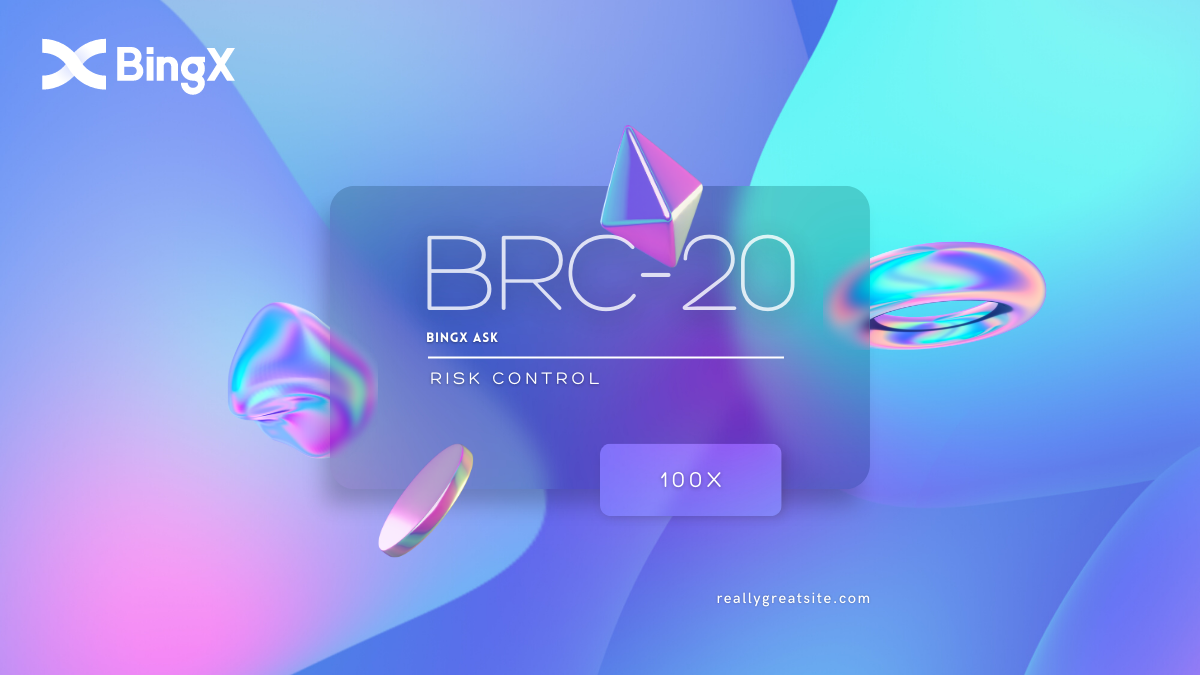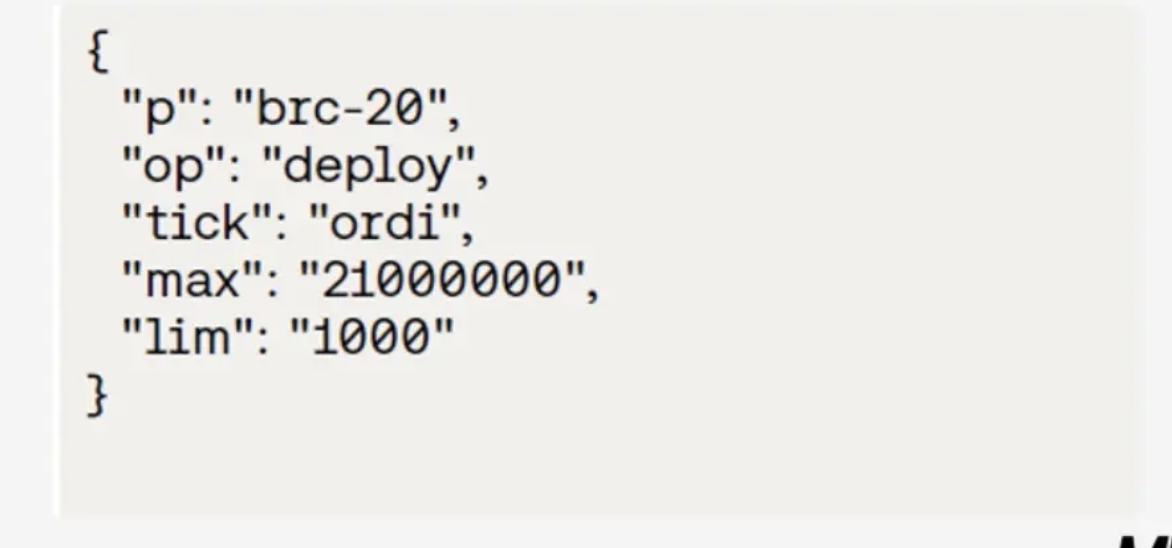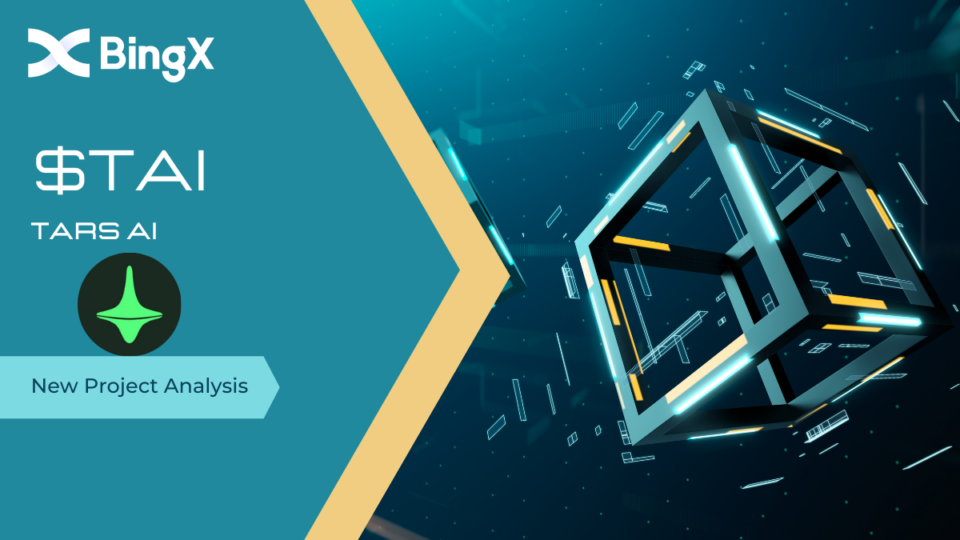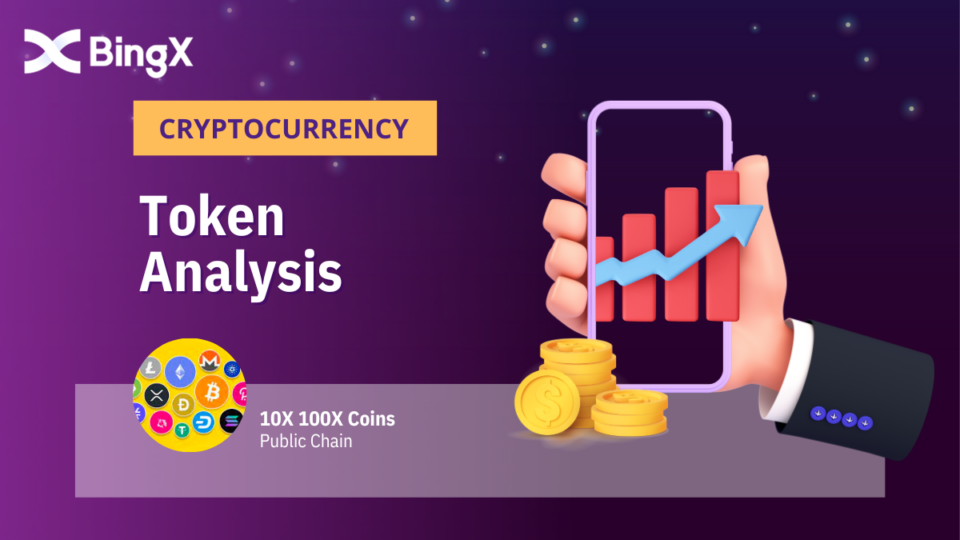
How Multi-Party Computation Secures your Assets?
April 27, 2023
Gala Token Price Prediction 2023: Is It Worth Investing? In-depth Analysis
May 3, 2023BRC-20, Why is it the next 1000X Opportunity?

Disclaimer: BRC-20 carries extremely high risks, and currently, the project’s token issuance has no real-world applications. The volatility of BRC-20-related tokens is heavily influenced by market FOMO (Fear of Missing Out).
BRC-20 VS ERC-20
There are significant differences in the underlying networks and logics between Bitcoin and Ethereum. The difference lies in the fact that Bitcoin’s network is merely a ledger that records receiving addresses, sending addresses, and the amount of Bitcoin transferred.
Ethereum, on the other hand, possesses the functionality of smart contracts, which record complex transaction processes, enabling Ethereum to be used as a platform for creating new tokens. This has also given rise to DEX (Decentralized Exchanges) and DeFi (Decentralized Finance).
Many tokens are built on the foundation of Ethereum, and Ethereum plays a crucial role in the overall development of blockchain technology.
In simple terms, the protocol for generating new tokens using the Bitcoin network is BRC-20, while the protocol for generating new tokens using the Ethereum network is ERC-20.
However, due to the inherent limitations of BRC-20, as it lacks smart contract capabilities, tokens generated using BRC-20 differ significantly from ERC-20 tokens.
BRC-20 tokens only have a supply and a name (four letters), whereas ERC-20 tokens can include various complex parameters, including consensus algorithms, node rewards, penalties, and more.
This makes token issuance using BRC-20 simpler, requiring little to no technical knowledge. Based on the Ordinals protocol, a token can be issued within 5 minutes. Due to the simplicity of the information recorded within the token, BRC-20 is considered a vital component of Web 3.

BRC-20 token Ordi consists of only 5 lines of code
Why is BRC-20 so important?
Apart from the technical comparisons mentioned above, ERC-20 is more closely aligned with traditional finance, which is why Ethereum is considered less decentralized. Regulating Ethereum is also relatively easy. BTC, on the other hand, started off as decentralized, so tokens created on the BTC network are also decentralized. Just like Bitcoin itself, they are extremely pure.
This makes tokens generated by BRC-20 more suitable for decentralized communities, where the initiators of the community can easily create a token and allow users within the community to mint it. BRC-20 tokens are issued through minting, as there are no smart contracts involved. Anyone can mint BRC-20 tokens according to pre-established rules until the total minting is complete. Therefore, it can be said that BRC-20 tokens do not rely on any project entity. The minting of tokens depends on the majority consensus, following the DAO (Decentralized Autonomous Organization) standard, wherein users within the community can mint more than 50% of the total token supply. However, minting still requires a certain minting fee, which is approximately 2 USD equivalent in Satoshi (the smallest unit of Bitcoin).
This also means that Web 3 communities can issue NFTs and community tokens at a lower cost and faster speed. However, it also implies that the lifespan of community value will be more transient. A Web 3 community that cannot create tangible value may dissolve in less than a month.
BRC-20 has accelerated the process of decentralization.
Web3 is inherently decentralized, and this is the essence of Web3. Therefore, DeFi and DEX cannot sustain in the overall centralized financial system in the long run. If Ethereum becomes heavily regulated, the entire DeFi and DEX ecosystem will face the risk of disintegration. Decentralization and centralization are two highly contrasting aspects, and Ethereum’s three main applications, NFTs, token issuance, and trading (DEX and DeFi), will gradually shift towards the foundation of Bitcoin in the long term.
Although BRC-20 is still in the experimental phase, its tremendous impact and the more than 1000-fold growth of the Ordi token indicate a strong demand for decentralized Web3 and a lack of trust in Ethereum.
Token issuance and NFTs based on BRC-20 and the Ordinals protocol experience explosive growth during bear markets. This is because there are many high-risk projects during market downturns. These projects share common characteristics: they lack real-world utility, have no intrinsic value, and rely solely on continuous user adoption. This is also the biggest challenge in decentralization. In a decentralized environment, the value of tokens depends on their liquidity. Currently, tokens minted using the Ordinals protocol are challenging to circulate.
The first token minted using the BRC-20 Ordinals protocol is $Ordi. The Ordinals protocol, in simple terms, uses BRC-20 to create NFTs. NFTs created using the Ordinals protocol are called “Inscriptions.” Since the primary purpose of the Ordinals protocol is to create Inscriptions based on the Bitcoin network, tokens minted using the Ordinals protocol resemble a segment of an inscription. Regardless of the number of tokens minted, they are sold in bundled form. For example, if 1000 tokens are minted, they will be sold as a single package.
This creates significant challenges for liquidity.
The Ordi token has experienced growth of over 1000x mainly due to two reasons:
1) first-mover advantage and
2) a situation similar to the early days of Bitcoin, where there is a lack of liquidity, and success relies purely on luck.
Why is BRC-20 referred to as the next thousand-fold opportunity?
The greatest significance of BRC-20 lies in its emphasis on decentralized applications. It is undeniable that NFTs like BAYC are essentially centralized, as evidenced by the existence of copyright fees. Additionally, the exorbitant price speculation surrounding these NFTs has turned them into symbols of wealth. Therefore, during bear markets, there is a strong need for an NFT that can be held by ordinary users and represents a different group. This is exemplified in the movie “Sea Biscuit.” When resources become too concentrated, grassroots wealth creation stories become impossible, and opportunities for hundred-fold or thousand-fold gains diminish. When one has wealth, the primary objective is to avoid losses, whereas those without wealth seek to make money. After resource centralization, efforts are made to minimize market volatility.
As the blockchain industry moves towards traditional finance, opportunities for hundred-fold gains in the market become scarcer, if not impossible, and even achieving ten-fold gains becomes exceedingly difficult. What the market truly needs is not hundred-fold returns, but a narrative of how to become a hundred-fold or from rags to riches.
Such opportunities only arise when new fields emerge, and these fields are inherently uncertain and extremely risky. Currently, it seems that BRC-20 is the only field where such opportunities exist. With the explosion of BRC-20, the NFT ecosystem within Ethereum faces significant challenges, as funds flow towards BRC-20, moving at ten-fold or even hundred-fold speeds during bull markets. From a technical standpoint, the prices of NFTs based on BRC-20 are currently very low. NFTs that have succeeded on Ethereum will find a way to replicate themselves on BRC-20, causing the original NFT market to suffer a massive drop in prices as hot money flows out.
In earlier analyses, we warned users that NFTs are high-risk and have no intrinsic value. They are worse than a single coin because of their lack of liquidity. When users need money, they have to convert NFTs into ETH and then into fiat currency. BTC, with its support for liquidity and resistance to regulation, has an advantage over Ethereum. If Ethereum becomes heavily regulated and is deemed a security, the inability of ERC-20 NFTs to circulate will lead to their collapse due to a lack of hot money.
Risk and opportunity often go hand in hand, and BRC-20 carries extremely high risk. Please DYOR (Do Your Own Research). If you prefer not to DYOR, you can follow BingX QA to explore the core behind trading.



